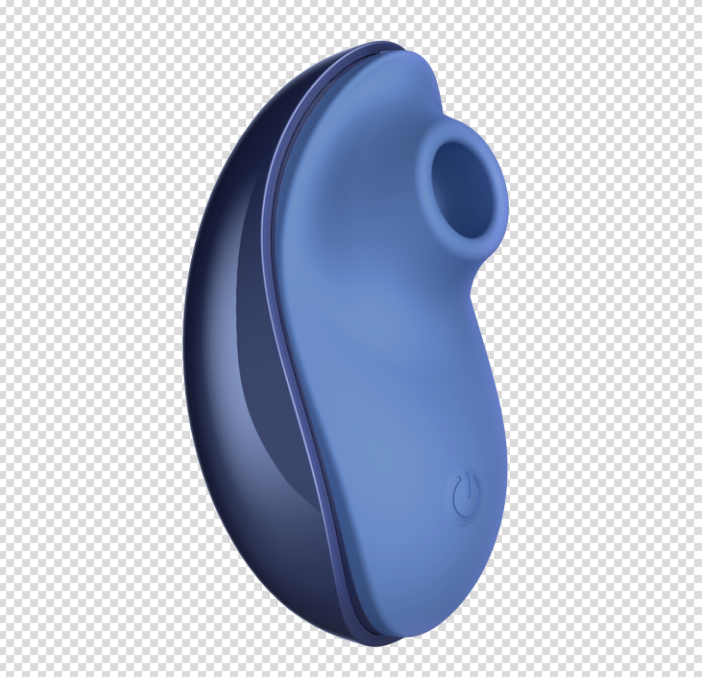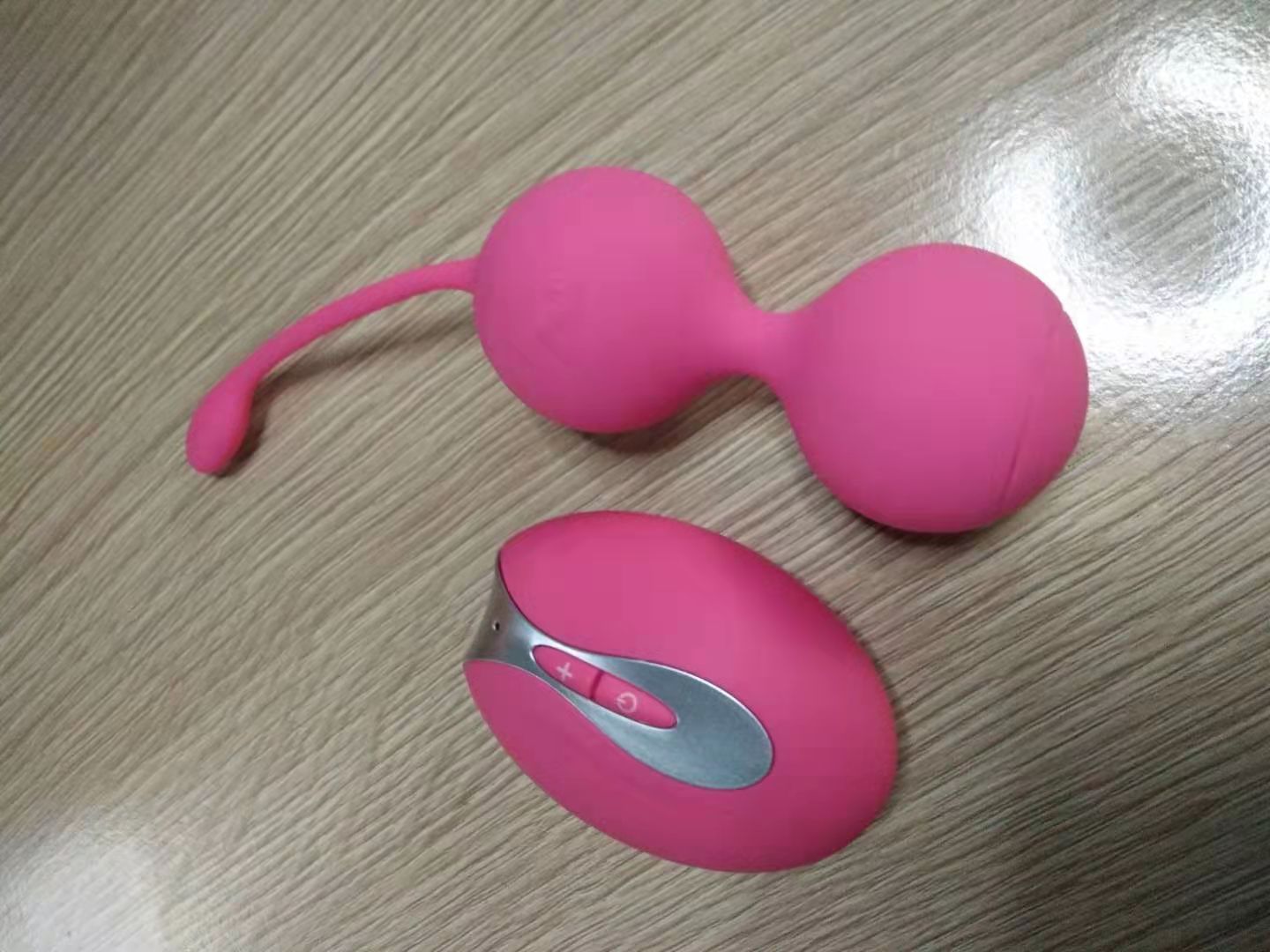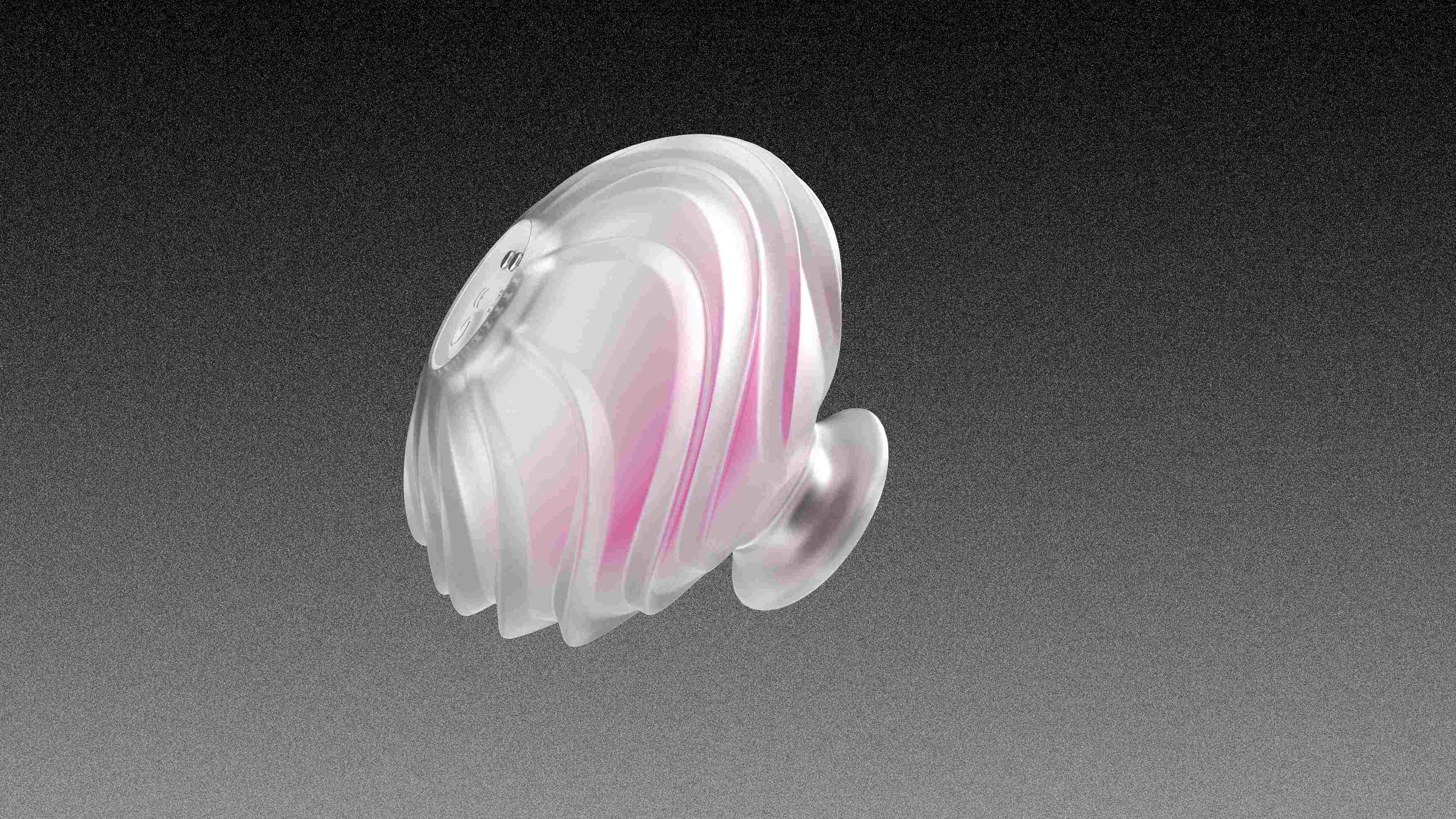About Us
How Do Eco-Friendly Materials Impact Product Lifecycle in Adult Toys?
Views : 23
Update time : 2025-03-26 15:30:00
Problem: The adult toy industry faces growing pressure to adopt sustainable practices, with 68% of global consumers willing to pay more for eco-friendly packaging (Forbes 2023).
But there’s a catch: "biodegradable" claims often clash with design realities and supply chain limitations.
Solution: By balancing material science, transparent communication, and smart inventory planning, brands can meet sustainability goals without sacrificing quality.
The Truth About Eco-Friendly Materials in Adult Product Lifecycles
Eco-friendly materials like kraft paper reduce environmental impact but require compromises in design durability and color vibrancy. While biodegradable kraft paper degrades naturally, common lamination processes create non-degradable plastic films that take years to fragment. For adult toy brands, this means rethinking packaging workflows, educating consumers on disposal methods, and optimizing inventory turnover to offset shorter shelf lives.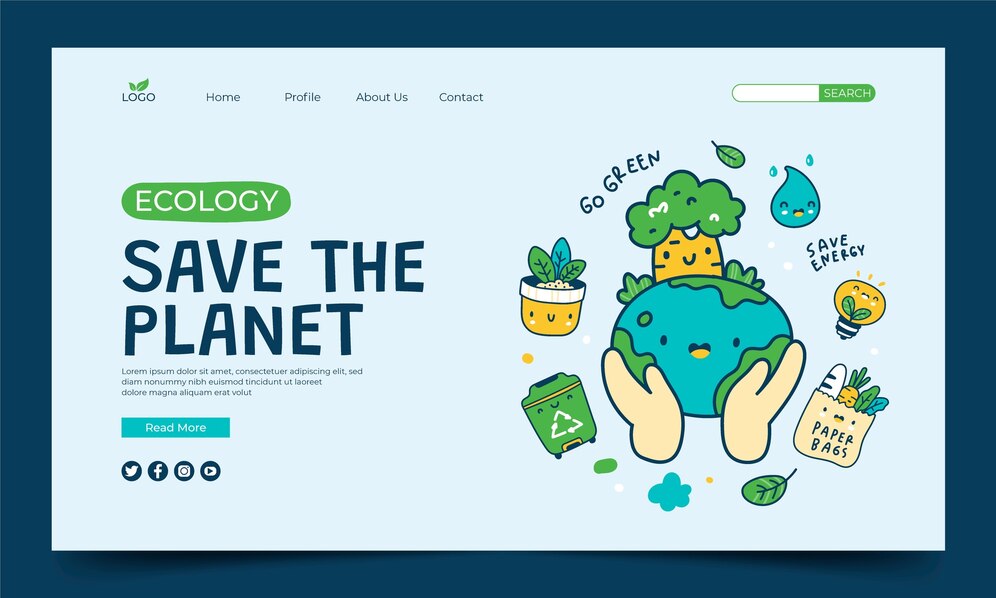
Why keep reading?
Below, we dissect 5 critical questions about eco-materials in adult products—backed by ISO-certified production insights and real-world data from factories serving EU/US markets.
1. Why Can’t Laminated Kraft Boxes Degrade Naturally?
Base Material: Uncoated kraft paper decomposes in 2-6 months under composting conditions (ASTM D6868).Lamination Issue: Most glossy finishes use PET or BOPP films (non-biodegradable polymers). These films don’t break down but “embrittle” over 3-5 years in industrial composters.
Solution: Use water-based coatings or PLA (plant-based) laminates. Trade-off: Matte finishes and 15-20% reduced color saturation.
2. How to Balance Aesthetics and Sustainability?
Printing Limits: Soy/vegetable inks fade faster than petroleum-based alternatives. Maximum Pantone coverage drops from 95% to 80%.Design Fixes: Opt for minimalist layouts, avoid metallic foils, and use tactile embossing instead of lamination.
Case Study: A German client achieved 90% compostability by switching to uncoated kraft boxes with debossed logos. Sales rose 22% post-rebranding.
3. Does Biodegradable Packaging Shorten Shelf Life?
Yes. Unlaminated eco-boxes last 12-18 months (vs. 3+ years for laminated ones). Humidity above 60% accelerates warping.Inventory Strategy:
Keep ≤3 months’ stock in humid climates.
Use silica gel packets in storage.
Educate retailers via QR-code-linked care guides.
4. What Certifications Matter for Export Markets?
OK Compost INDUSTRIAL (EN 13432): Mandatory for EU-bound compostable packaging.FSC Mix: Confirms 70%+ fibers are from responsibly managed forests.
ASTM D6400: U.S. standard for compostable plastics.
5. How to Communicate Sustainability Without Greenwashing?
Transparency: State “Industrial Compostable Only” on boxes.Visual Cues: Add compost bin symbols and disintegration timelines.
QR Codes: Link to a video showing proper disposal steps.
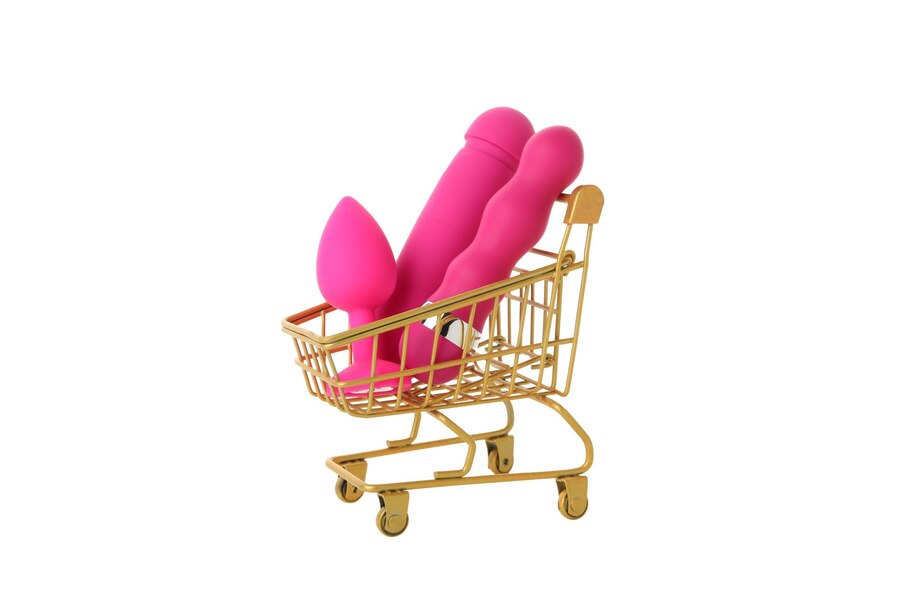
Final Takeaway
Eco-friendly materials extend product lifecycles environmentally but demand trade-offs in durability and logistics. Success hinges on redesigning packaging workflows, securing certifications, and fostering consumer trust through radical transparency.
相关新闻


